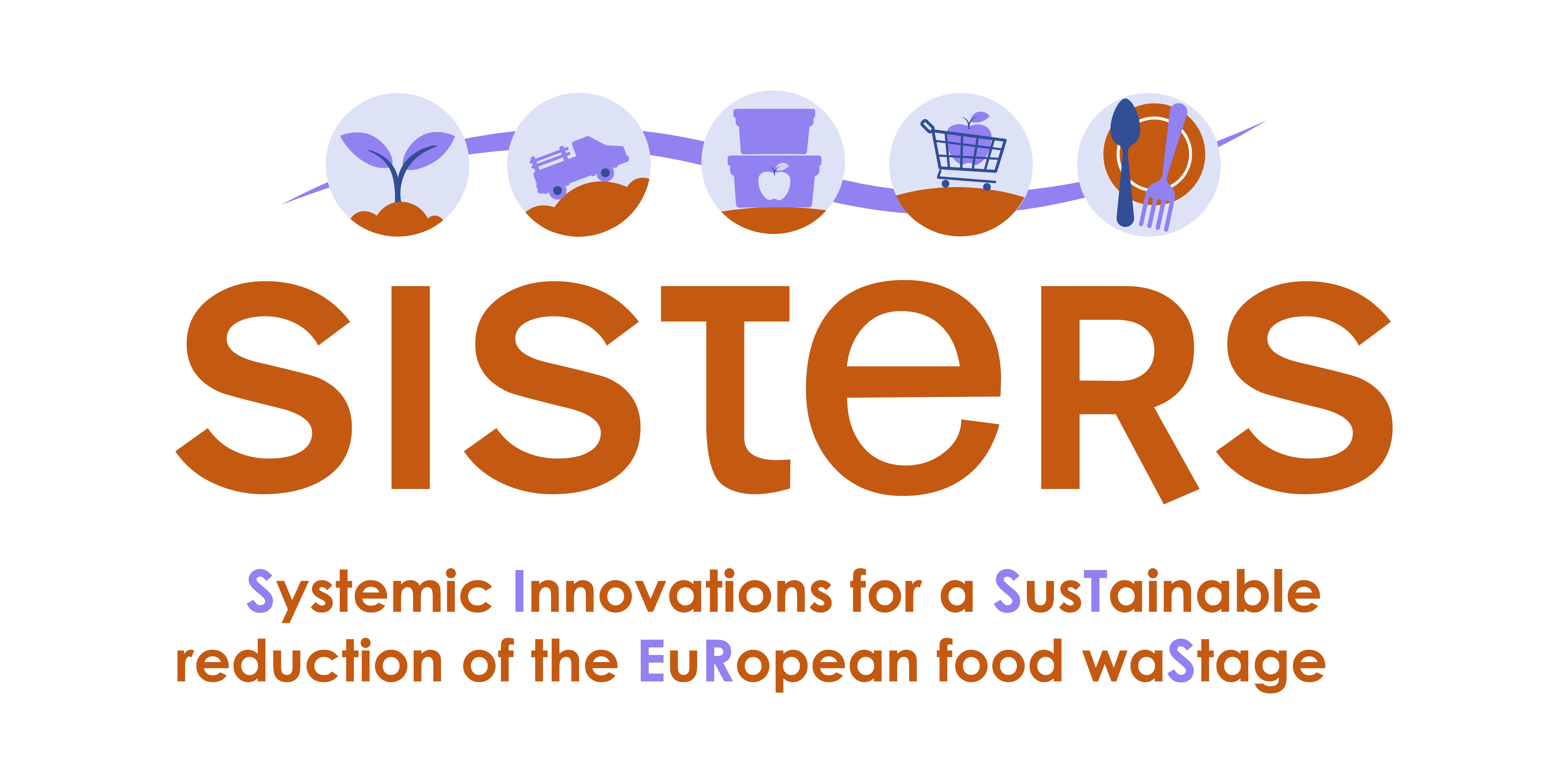IT can help reduce food waste in Europe: here’s why!

Every level is concerned, from producers to individuals. In front of this wastage, some IT actors have been attempting to create tools that can help reducing food waste.
Review of some existing IT solutions addressing food waste
In recent years, the field of food surplus recovery has gotten increased attention, and several new mechanisms based on Information Technologies (IT) have evolved to try to reduce surplus production.
Specifically, a growing number of innovative software solutions and digital platforms can now be found on the market to improve circulation and traceability of food donations and meet the needs of a greater number of beneficiaries. IT systems and data analysis tools are becoming available to improve tracking of perishable goods and stock shortages.
It is estimated that about 3.4 million people around the world used an app to encourage people to donate leftover food rather than trash it away. Some of the most important are:

These initiatives clearly show us that IT can play a major role in transforming our economies and reducing food waste.
Going further, empowering the primary producers to optimise food waste reduction
Most of the existing solutions partner with food stores and restaurants. Doing so, they address only a small portion of the food waste potential. As pointed out by FAO, up to 33% of our crops can be left unpicked). This is in part due to market demands of precise quantities at precise times and also due to the high aesthetic standards for fruits and vegetables. According to Verghese, this food surplus can represent more than 20% of the EU production.

Providing IT solutions to farmers to help them advertise and sell directly their surplus and discarded products sounds as the next step. Such short chain solutions also have stronger impacts in increasing producers’ and farmers’ incomes and reduce the calendar constraints that wholesalers or retailers have.
Developing such solutions demand to meet different criteria. One of the key factors is the limited resources (time, money, skills) that producers and farmers can dedicate to implement IT solutions and promote them.






Leave A Comment